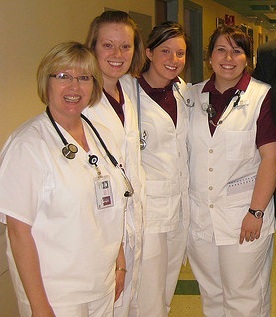 An increase in the number of U.S. medical students choosing internal medicine residencies in 2011 is a positive sign that the primary care workforce shortage may soon be in decline, according to the American College of Physicians (ACP), the nation’s second-largest doctors group.
An increase in the number of U.S. medical students choosing internal medicine residencies in 2011 is a positive sign that the primary care workforce shortage may soon be in decline, according to the American College of Physicians (ACP), the nation’s second-largest doctors group.
The 2011 National Resident Matching Program report released yesterday shows an 8.0 percent increase from last year, with 2,940 U.S. seniors at medical schools enrolling in an internal medicine residency program, compared to 2,722 in 2010. This is the second consecutive year that internal medicine enrollment numbers have increased, following a two year decline.
“This is good news for internal medicine and adult patient care in the U.S.,” said J. Fred Ralston, Jr. MD, FACP, president, ACP. “The American College of Physicians has consistently called for health care reforms that support internal medicine as a career path, including increasing support for primary care training programs, increasing Medicaid and Medicare reimbursement to primary care physicians, and expanding pilot testing and implementation of new models of patient care.”
The 2011 match numbers include students who will ultimately enter a subspecialty of internal medicine, such as cardiology or gastroenterology. Currently, about 20 to 25 percent of internal medicine residents eventually choose to specialize in general internal medicine, compared with 54 percent in 1998.



















